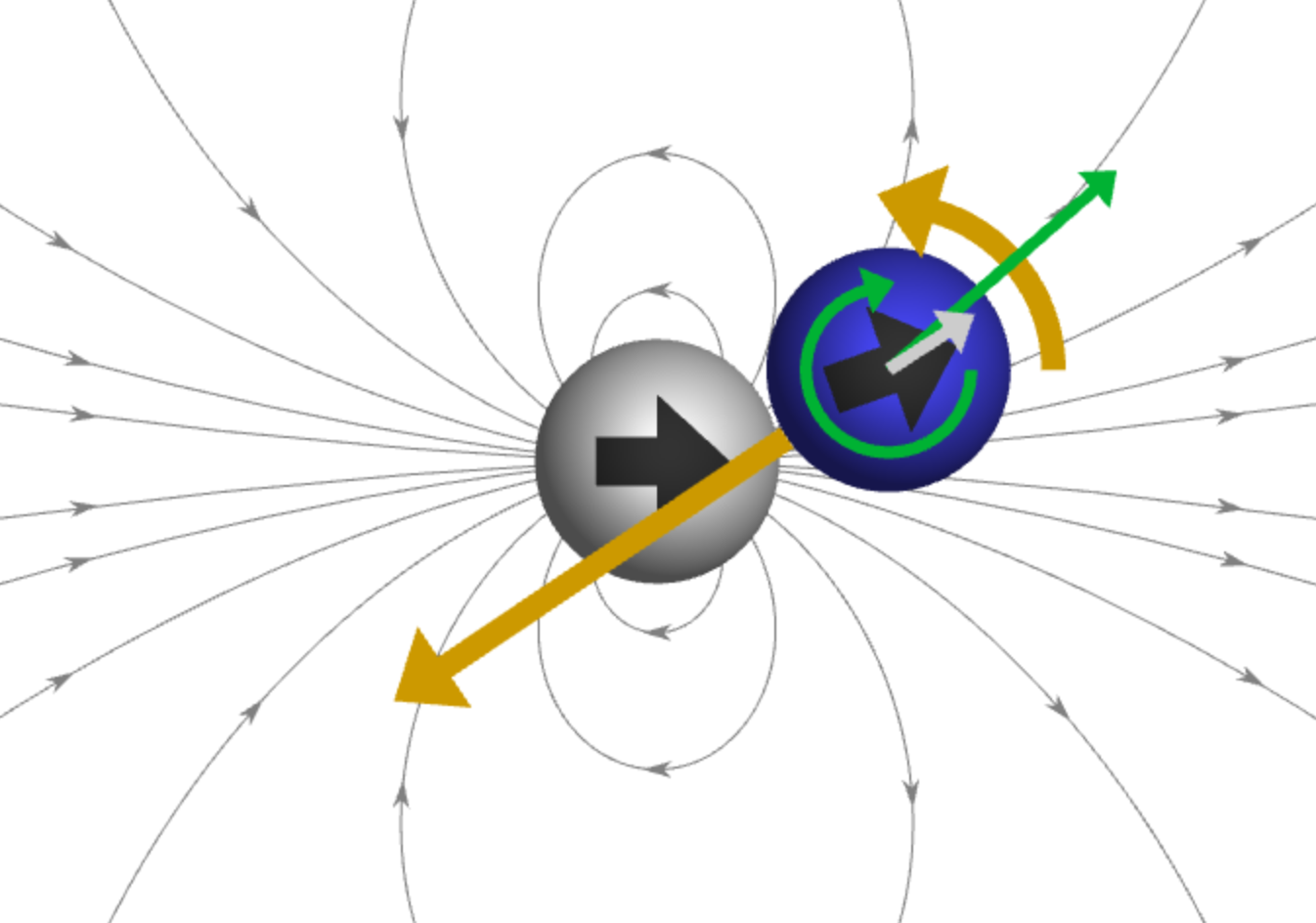Research Projects
 |
Learning ScienceWhat are computing students thinking as they write a computer program? Are they thinking about program structure? Flow of control? Lunch? We have no idea. Our lab uses high temporal resolution programming process data to gain insights into cognitive function of students in natural, non-laboratory settings. We are unlocking answers to questions such as how long CS1 students work on a programming assignment before getting distracted (8 minutes), how long students take for breaks (most are 1-4 minutes long), what time of day students work (only 1% of work is done between midnight and 6am), what types of assignments result in higher cognitive load (assignments requiring object-oriented design), whether awareness of compilable state is correlated with academic outcomes (it is), and when students compile (mostly at the end). We develop theories and write software useful in testing the theories. This work is supported by NSF DUE-2315783. Software |
 |
Physics SimulationGiven two magnets in proximity to each other and in the absence of external forces, what is their spatiotemporal behavior relative to each other? How can the Coriolis force be visualized in different frames of reference? How can simulation aid in helping physics students gain a better understanding of the connections between physical phenomena and their mathematical forms? Our software both helps students learn and has also led to some stunningly beautiful discoveries. This work is supported by NSF DUE-2235569. Software |
